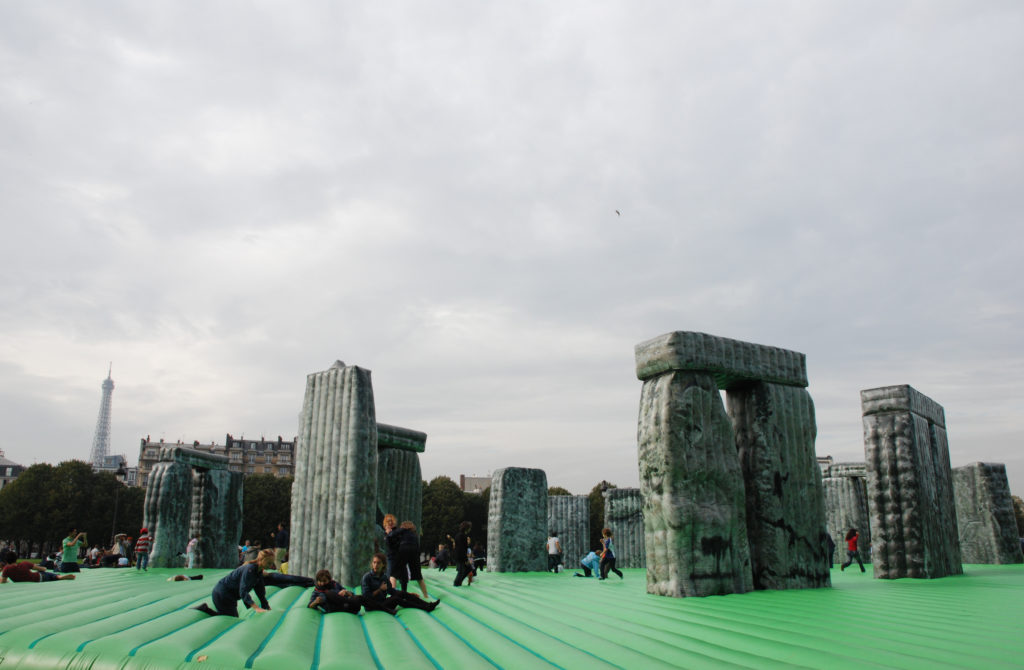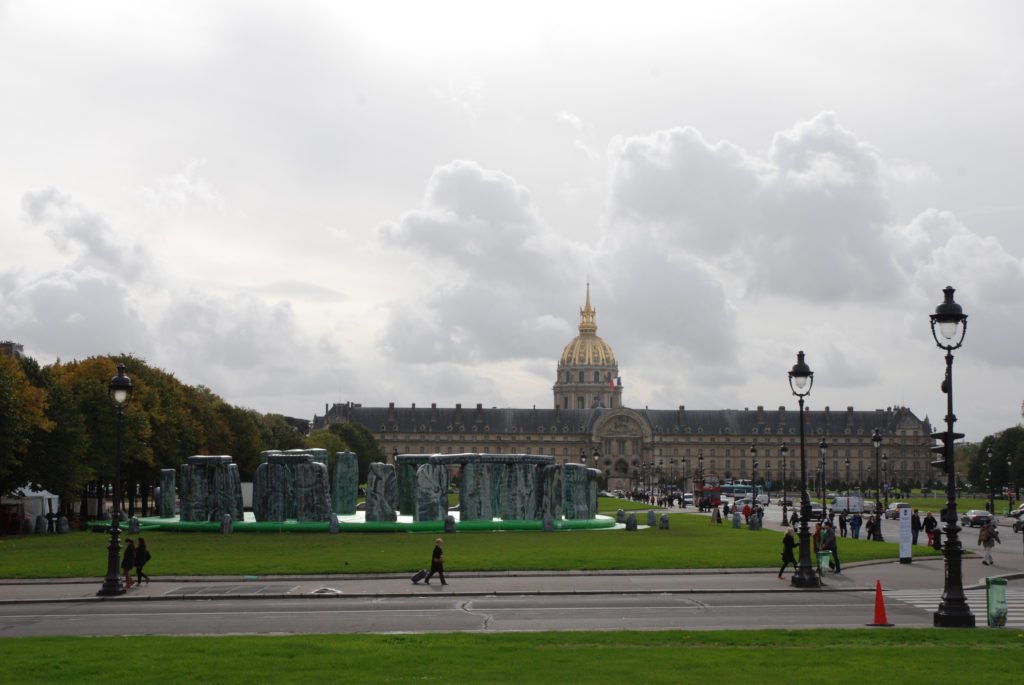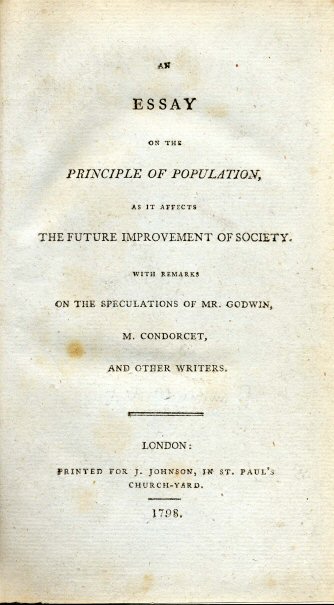
Sacrilege, 2012
Mixed media
Dimensions variable
Jeremy Deller defines himself as an “instigator of social interventions”: his works are often characterized by audience participation, his sculptures are social experiences in which performances, videos, and installations become places of exchange and aggregation. This was also the starting point for Sacrilege, originally created for the Glasgow International Festival of Visual Art, and later displayed in London on the occasion of the 2012 Olympics. With funding from Arts Council England Sacrilege travelled to different locations in the UK before being shown in London as part of CREATE and the London 2012 festival.

With the sense of humour that characterizes many of his projects, Deller transforms the Stonehenge monument into a giant inflatable toy for children, reproducing it in plastic and turning it into a funfair attraction 35 meters in diameter; the public is thus called upon to interact with the installation, to climb onto it, and to jump and play within it.

The effect is at once celebratory and sacrilegious, as the title, chosen by the artist in order to deflate any possible criticism, would suggest. With its unabashedly playful approach, Sacrilege is an invitation to reappraise one’s history and one’s own national identity, but it also offers a sarcastic comment on how these themes are often trivialized and exploited by nationalist and populist political agendas – a subject that is unfortunately of our moment.
“Sacrilege is playful and cheeky. The title is a way is to ward off any criticism—some will think that it is just that, a sacrilege, so why not call it that? One intended outcome is laughter, perhaps a few tears, and certainly enjoyment, though not necessarily in that order. For me at least it is also a nod to what I would call the “freak out” tendency in UK culture: Hawkwind, Bruce Lacey, and Ken Russell being its best exponents.” Jeremy Deller, in Art Forum, April 20, 2012







